In the science labs, you often work with devices and procedures that are still unknown to you. This can have consequences for you and for the devices you work with. It is also good to be aware of safety and risks because it can certainly play a role in your working age.
In order to prevent the risks of possible accidents, a number of rules and guidelines have been drawn up that you must adhere to. Eliminating all risks is not possible, which is why we use the definition: safety is the conscious taking of acceptable risks.
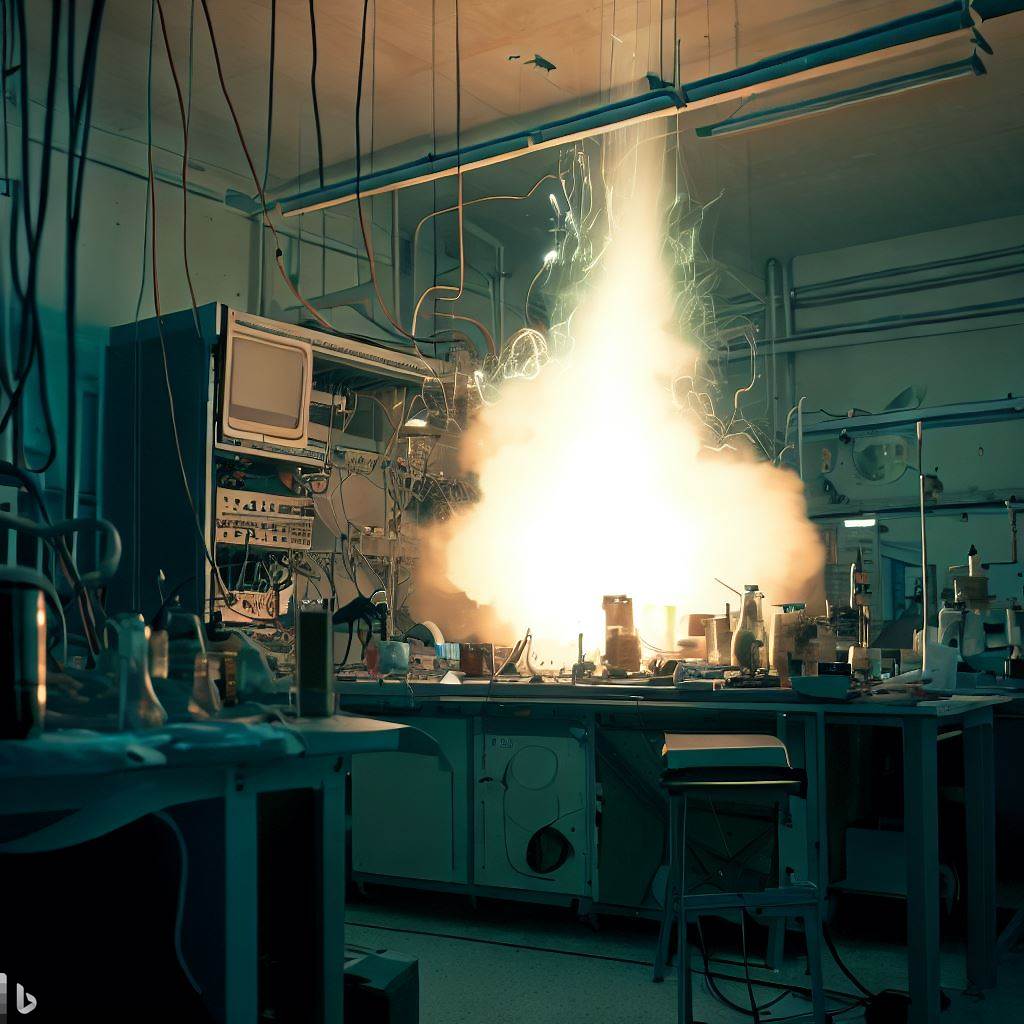
Figure 1:We must try to prevent this... (picture generated with AI)
General¶
The risk of accidents can be a consequence of:
not following safety rules such as not working according to instructions, incorrect handling of chemicals or hazardous substances and not wearing personal protective equipment;
working with electricity, high voltages and/or large currents;
working with increased or decreased pressure and/or temperature;
the properties of applied chemical substances;
performing tests with a usually unknown outcome;
the large variety of equipment;
not using machines or devices correctly;
continuing tests after working hours (endurance tests), usually without continuous supervision;
not working accurately and neatly.
You can reduce the risk or severity of accidents by:
Removing the cause of the risks.
Reducing the risks.
Limiting the possible consequences of the risks.
In the sciences lab this is tackled by our chance by having you take a number of tests on safety so that you become aware of possible risks. In addition, we have a place in all lab rooms where you can put your coat and bag. The supervisors have had training in seeing and estimating and acting on possible risks. The labs are also set up in such a way that the risk is kept as small as possible.
Figure 2:A poorly designed workplace is an invite to accidents... [Photo by HSE - TNW - TU Delft]
On our side, a lot has already been done to reduce or completely eliminate the risks. We expect the same effort from you, which includes:
coats and bags in the right places
a tidy, organized workplace
preparation for the experiment
use the right working method
use of personal protective equipment such as cryogenic gloves, safety glasses, a lab coat, etc.
reporting any defects and unacceptable risks to the assistant
If an accident does occur, report it immediately to the assistant. If help is needed, you can always call the emergency number for building 22: 015-2788888
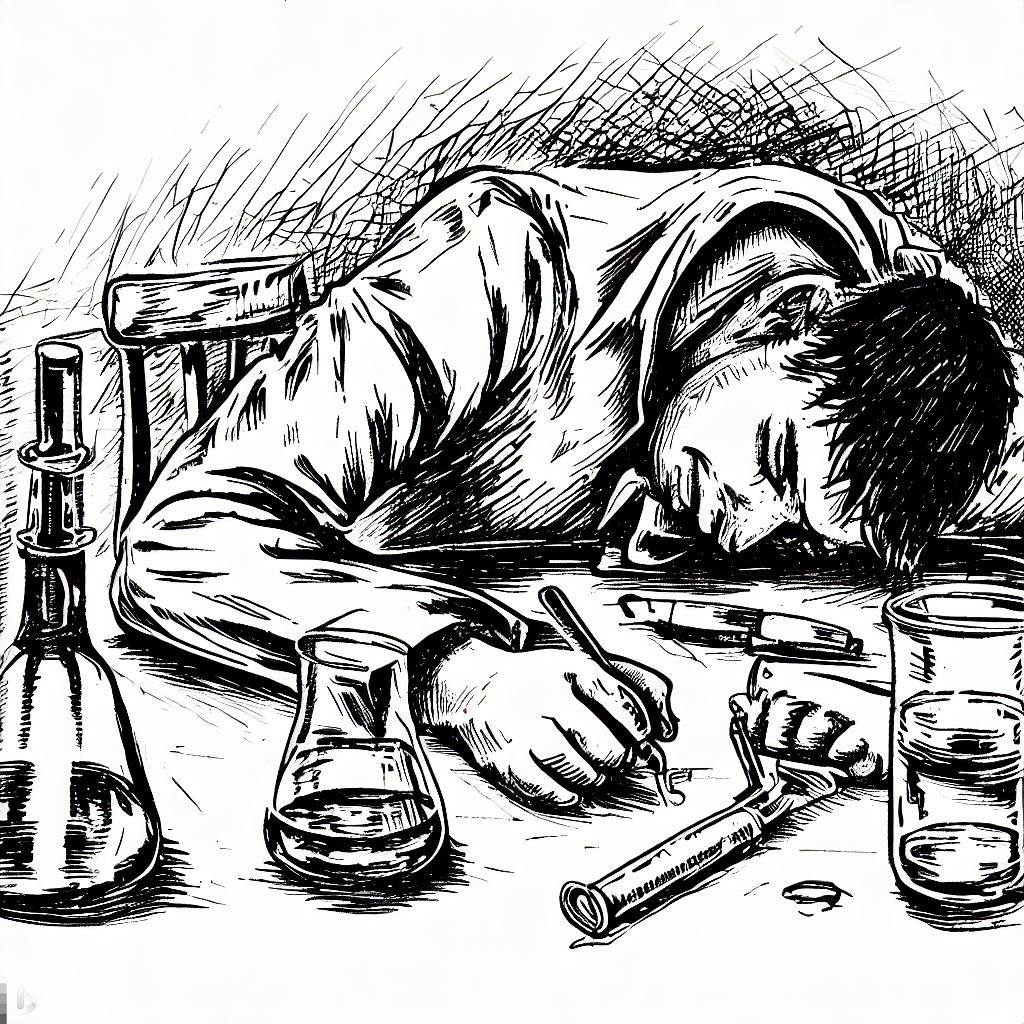
Figure 3:It sometimes happens that students still have alcohol in their blood when they have to do a practical. If this is the case, they are not welcome. (picture generated with AI)
Equipment & materials¶
Lamps, lenses & gratings¶
The gas discharge lamps that you use during practicals have a start-up time. You also cannot turn the lamps back on immediately after you have turned them off. They have to cool down first. Turn them on in time. Do NOT turn them off in between.
Some lamps, such as the mercury lamp, also emit UV radiation. So handle them with care, never look directly into the lamp and do not leave it on unnecessarily after you have finished the experiment.
These gas discharge lamps become very hot. The housing also becomes very warm. Do not hold them but use the base of the lamp.
The lenses and gratings that you use are very sensitive. They can quickly become scratched, which reduces the functioning of the component. Never put the optical instruments on a table, only hold them by the metal base, and when you use them, secure them immediately! This prevents them from falling and becoming damaged.
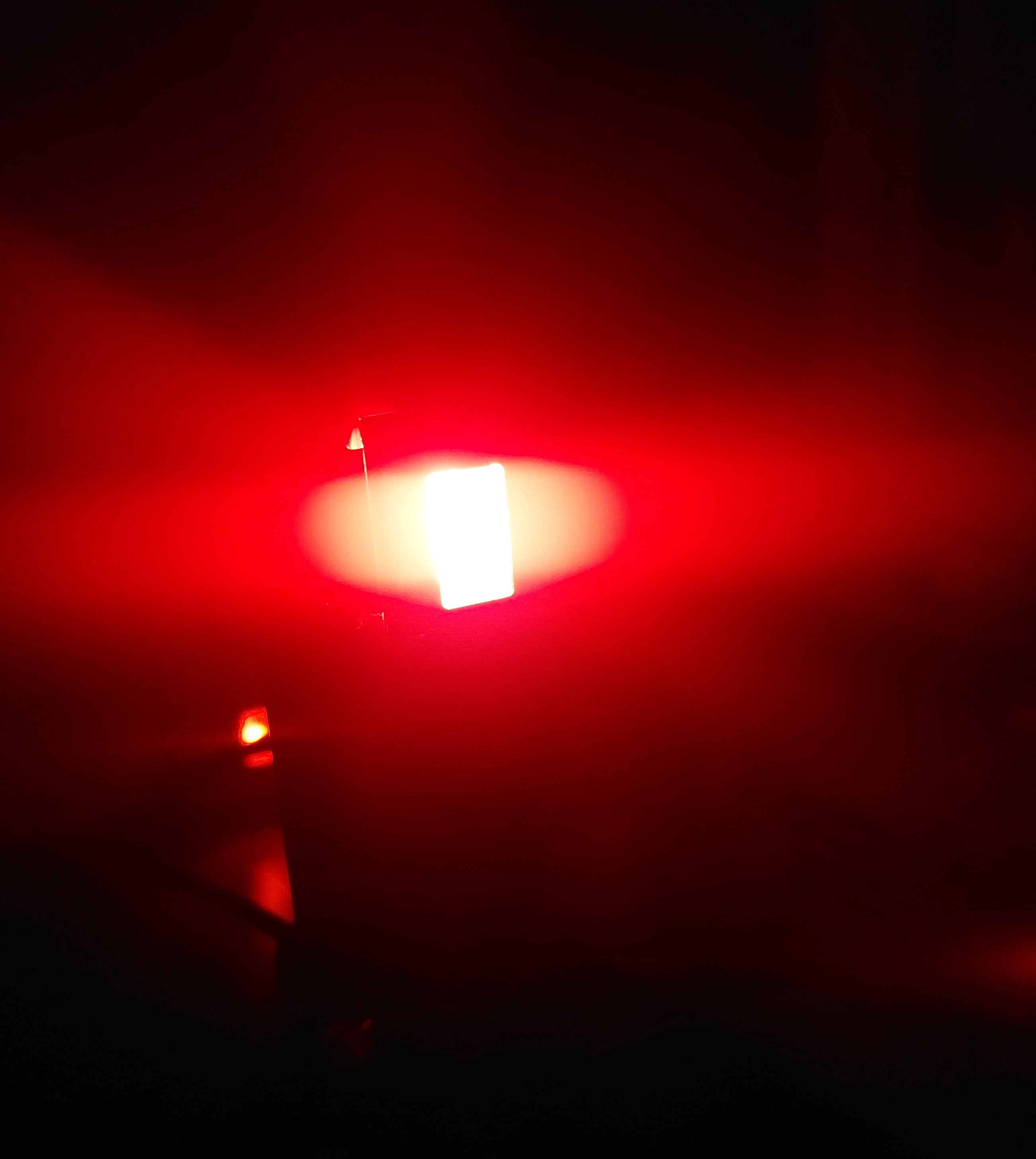
Figure 4:When working with spectral lamps, know that some of the light that comes of is invisible (UV or IR).
Cryogenic substances¶
High temperature objects (furnaces, reactors, oil baths) and low temperature objects (solid CO, cryogenic liquids such as liquid nitrogen) pose a risk of burns. There is a thermal risk above 80C and below -20C in the event of contact. Below -20C, objects that are grasped will ‘stick’, with a risk of frostbite. At temperatures below -40C, the same effects as with heating occur. When the cryogenic gases escape, they remain low, which can cause a dangerously high concentration that displaces the oxygen present. Any reduction in oxygen concentration below 21% is potentially dangerous. Inhaling oxygen-poor air can cause a person to lose consciousness.
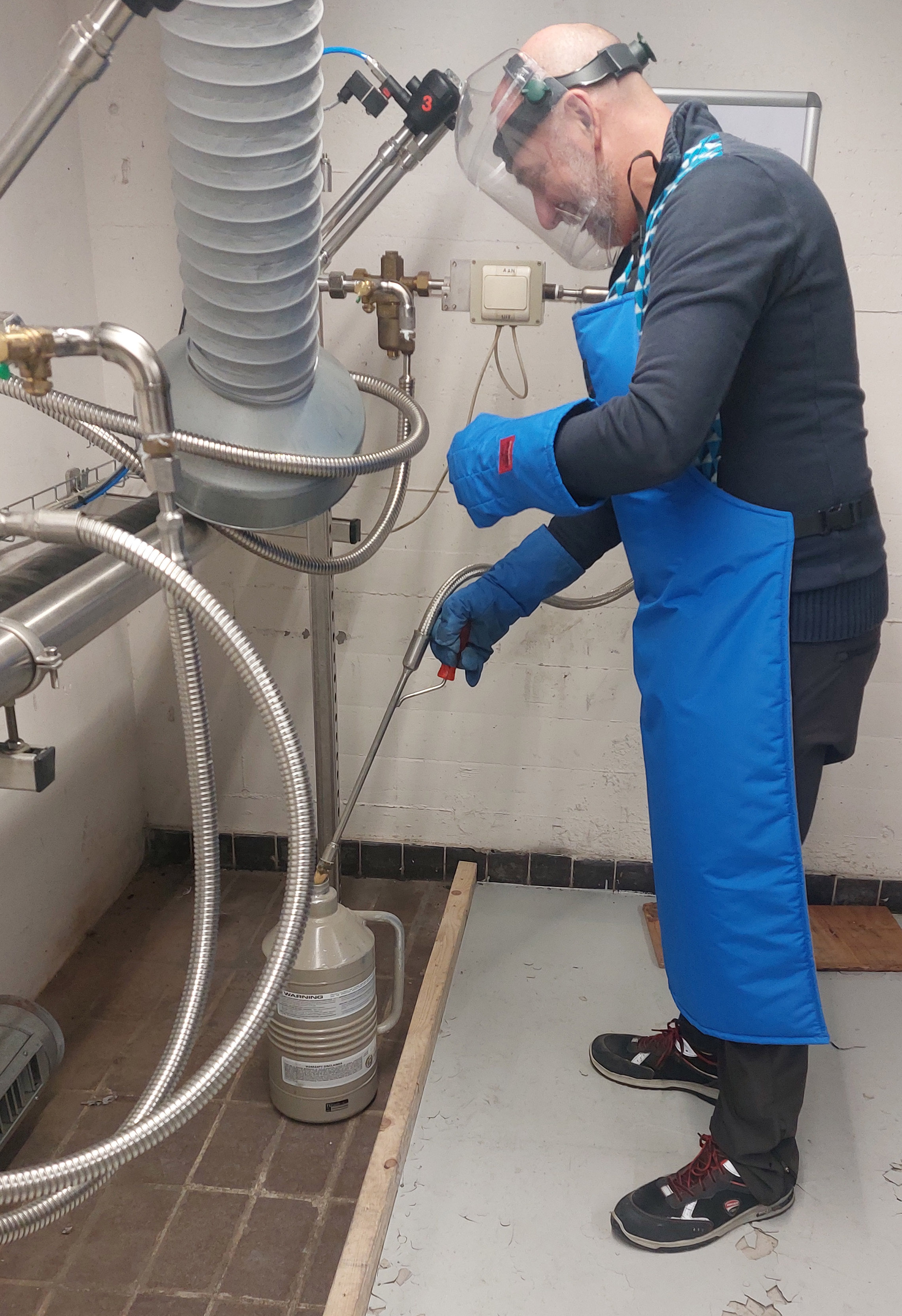
Figure 5:Proper working methods with cryogenic substances require, among other things, the correct clothing.
In a (technical) scientific laboratory, liquid nitrogen is often used. The temperature of liquid nitrogen is -196C or 77K. When using liquid nitrogen, care must be taken and the prescribed personal protective equipment must be worn, such as:
a face shield or safety glasses with side protectors against splashes
special cold-insulating gloves that are loose enough to be able to remove them immediately if liquid nitrogen accidentally splashes in
loose-fitting work jackets that can be removed immediately
Practical work with cryogenic substances with shorts, open shoes or loose-fitting boots is not permitted. The risks are too high for that. Also see the extensive description on the theme cryogenic substances.
Lasers¶
In some experiments you work with lasers. Lasers can develop a large amount of energy. Never look into the beam of a laser!
The (negative) consequences depend on the wavelength and intensity of the radiation, the duration of the exposure and the part of the body that is exposed. The best-known harmful effects of exposure to electromagnetic radiation are related to the development of heat in tissue (thermal effect). The skin and (especially) the eyes are the organs that are most vulnerable.
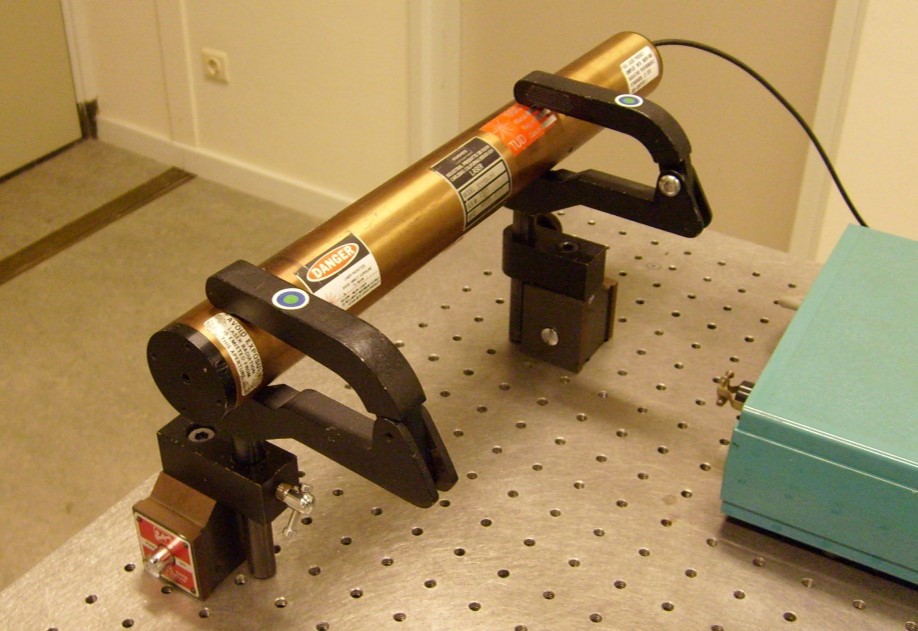
The person who builds a setup with a laser must prevent reflections of the laser light. There are also lasers that have an invisible beam (ultraviolet, infrared) but which can still cause damage to the eyes. These lasers are extra dangerous precisely because of the invisible beam. Make sure there is sufficient shielding. In addition to shielding the laser, you must also use laser safety glasses. Also see the extensive description on the theme laser safety.
Safety check¶
For each practical, you are expected to have done a safety check. Before starting, check the following points:
I know what to do during the practical.
I have done a risk inventory and know what can go wrong.
Any risks are listed in the lab journal, including associated measures to reduce risks.
The safety assessment has been checked by the supervisor.
All necessary materials are present and intact.
The desk is set up for the experiment: only the necessary materials are present.
My coat and bag are stored.
Food and drinks are put away.
If one of the above points cannot be checked, report to the supervisor.
A similar inventory will follow afterwards. You may only leave after you have signed out and shown the checklist.
All materials have been cleared away, the space in and around the desk has been left ‘clean’ again.
All electrical equipment has been switched off.
Any defects (regardless of whether they occurred during the experiment) have been reported to the supervisor.
Safetytest¶
Before you can do your first experiment, you must pass at least two tests. First, the general safety test, in which you will learn the escape routes in the building, among other things. Second, the lab safety test. Both tests must be taken on labservant, see Brightspace. Labservant is only accessible via a TUD IP. So the test must either be taken at the TUD, or you must connect to the TUD network via a TUD VPN.
For a number of specific experiments, an additional test is required (cryogenic substances or working with lasers). You will be notified if this is necessary.
Case study¶
In an experiment of the physics lab, research is done into the viscosity (stickiness) of glycerol. The setup to be used is shown in Figure 7. Perform a risk analysis before performing this experiment. Consider what could go wrong with the experiment, what the consequences would be, and how potential risks could be reduced.
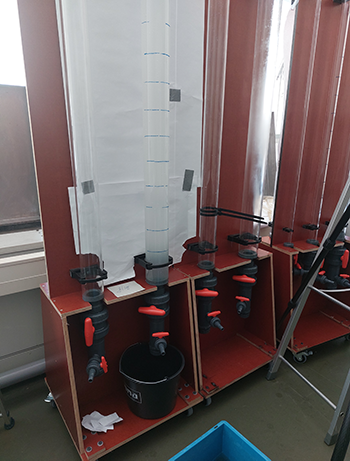
Figure 7:An experimental setup used in the first year lab